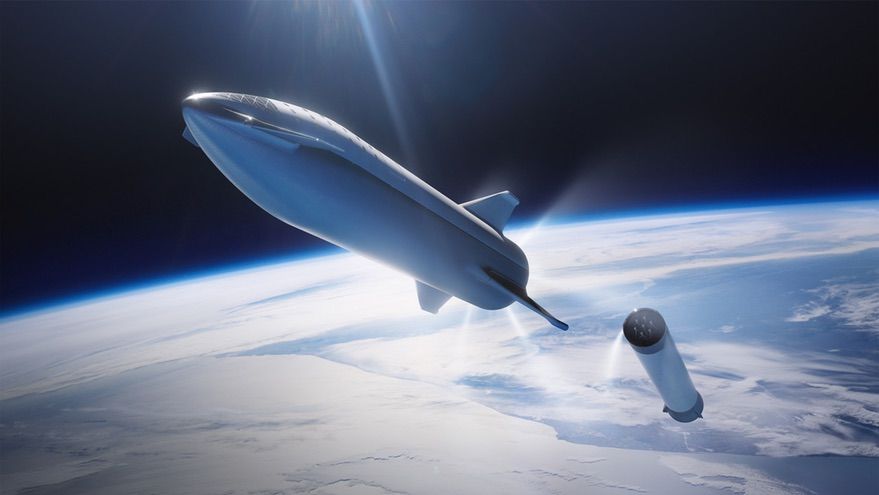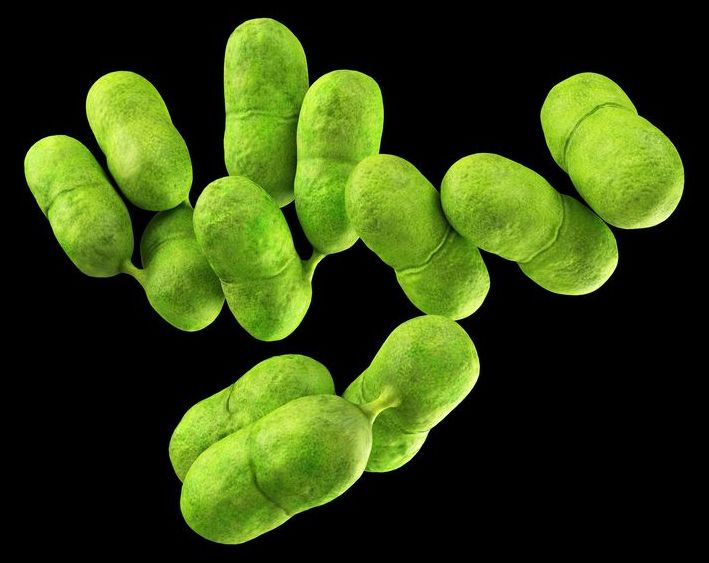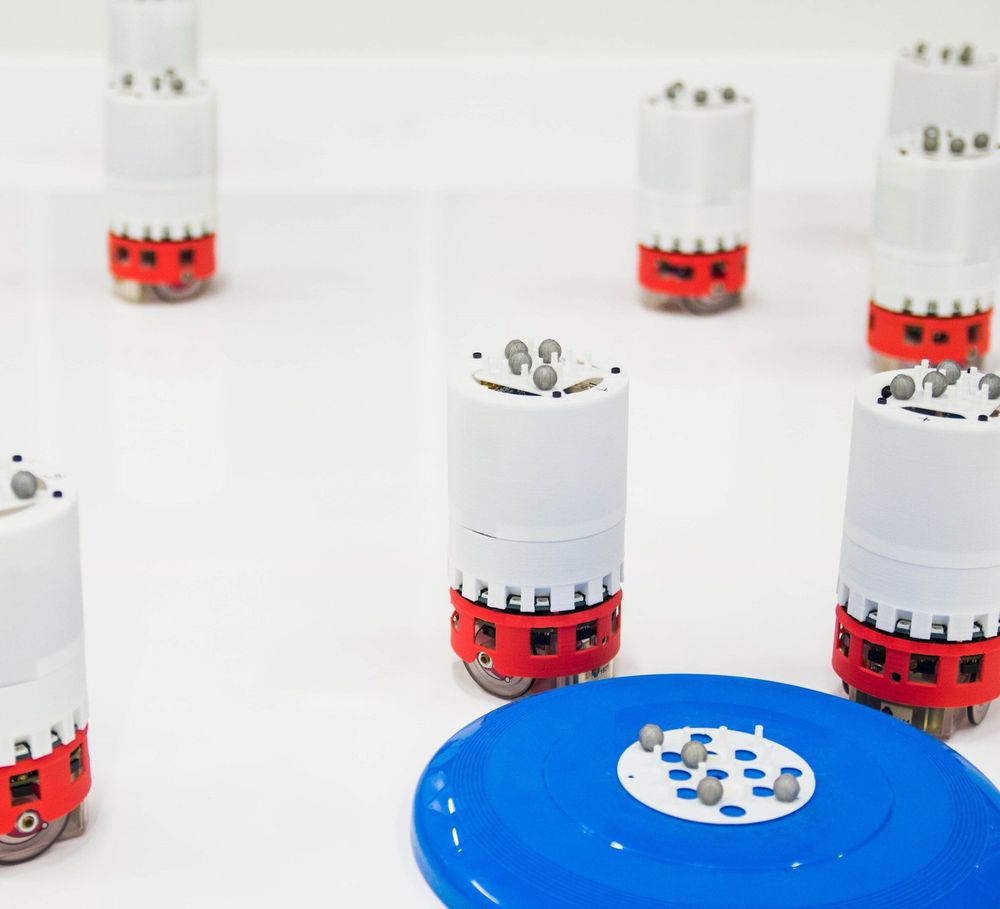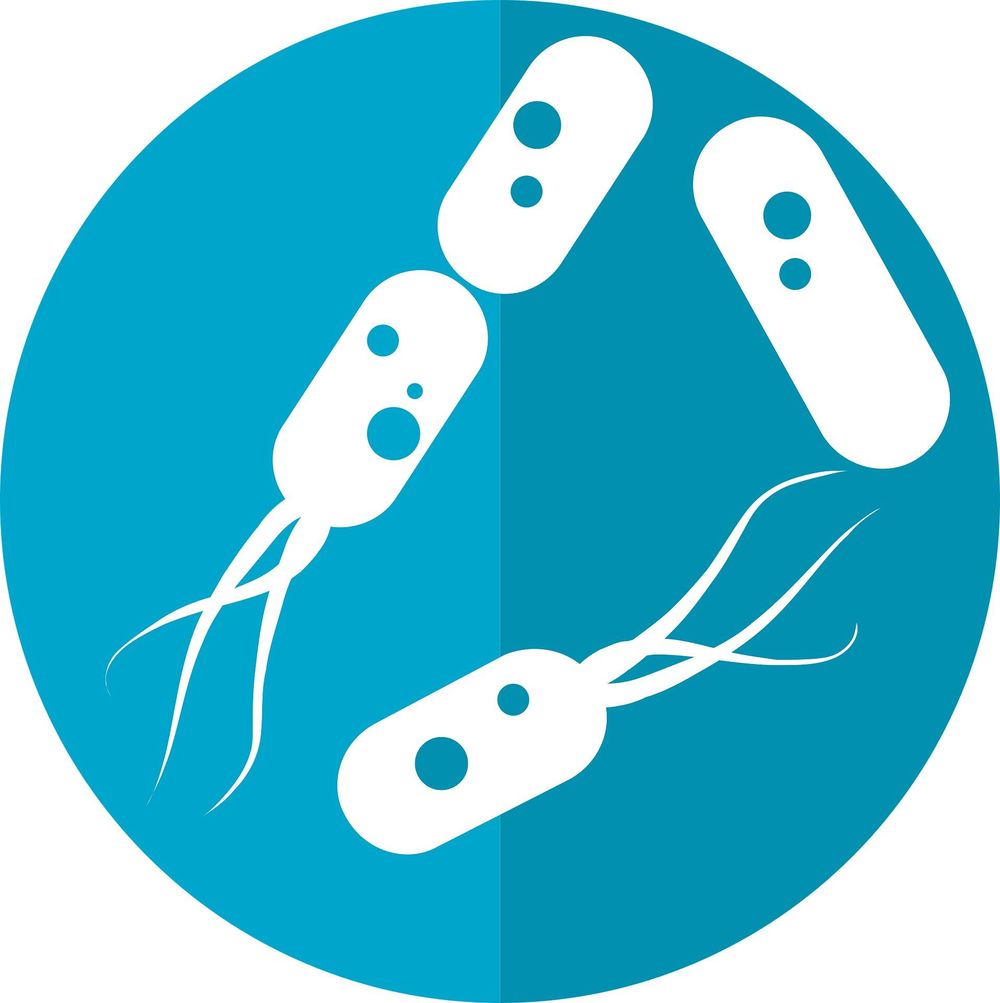A gene that appeared sometime after humans began processing their food seems to protect some people from type 2 diabetes.



Research led by Heriot-Watt University, Edinburgh, will help crops resist global heating.
PA Media

This year marks the 50th anniversary of one of the most pivotal moments in human history. Stepping onto the moon, Neil Armstrong in 1969 uttered those now infamous words: “That’s one small step for man, one giant leap for mankind.”
The next fifty years did not see space travel become routine, with many coming to believe that NASA is just too slow. But space-related research and innovation are enjoying a new revival, inspired by SpaceX, Blue Origin, Virgin Galactic, and other private firms that are making commercial space travel a reality. Along with rockets, hundreds of companies across the world are working feverishly toward developing infrastructure for space tourism, novel methods of growing food off-Earth, and sustainable building materials, to name only a few. All this with a tantalizing goal: to open up other planets and extraterrestrial bodies for exploration — and perhaps even residence — by everyone, not just astronauts.
Such work has not only moved us closer to our goal of one day living and playing off-Earth, but has also benefited our lives right here, right now. Scratch-proof glass, some biopharmaceuticals, and GPS navigation all derive from space-based research. The innovation happening today is incredibly exciting, and the future possibilities are seemingly endless. Here are five companies working on technologies that can help us thrive both on- and off-Earth.

WASHINGTON — SpaceX plans to build facilities at the Kennedy Space Center’s Launch Complex 39A for launches and, eventually, landings of its next-generation launch vehicle, according to a newly released report.
An environment assessment prepared by SpaceX, and released by NASA Aug. 1, discusses plans to develop additional facilities at LC-39A, which currently hosts Falcon 9 and Falcon Heavy launches, for use by the company’s Starship vehicle and its Super Heavy booster.
The plans outlined in the document call for the construction of a new launch mount at the complex near the existing one used by the Falcon 9 and Heavy. The modifications to the pad would also include a tank farm for the methane fuel used by the Raptor engines that power Starship and Super Heavy.

The first international case of listeriosis linked to an outbreak in Spain that has sickened almost 200 people and killed two is being investigated by British public health officials.
The outbreak has been traced to contaminated chilled pork products under the brand “La Mechá” made by Magrudis, based in Seville. The potential infection is in a man from England who ate the product in Seville in mid-August. He was treated at a hospital in France before returning to the United Kingdom.
A Public Health England spokeswoman told Food Safety News the agency does not disclose patient details so she was not able to provide information on the age of the man or where in England he lives.

A new generation of swarming robots which can independently learn and evolve new behaviors in the wild is one step closer, thanks to research from the University of Bristol and the University of the West of England (UWE).
The team used artificial evolution to enable the robots to automatically learn swarm behaviors which are understandable to humans. This new advance published today in Advanced Intelligent Systems, could create new robotic possibilities for environmental monitoring, disaster recovery, infrastructure maintenance, logistics and agriculture.
Until now, artificial evolution has typically been run on a computer which is external to the swarm, with the best strategy then copied to the robots. However, this approach is limiting as it requires external infrastructure and a laboratory setting.



You are what you eat—right down to the microbiome living in your gut. Diet can affect which microbes are in the intestinal tract, and research has shown that harmful gut microbiome changes can lead to illnesses such as heart disease, obesity and cancer. Today, scientists will report the development of molecules that can change, or remodel, unhealthful gut microbiomes in mice into more healthful ones. The research could also someday be applied to other conditions related to diet.
The researchers will present their results at the American Chemical Society (ACS) Fall 2019 National Meeting & Exposition.
“The gut microbiome contains hundreds of different species of bacteria and is where the largest concentration of bacteria living in us resides,” says M. Reza Ghadiri, Ph.D., leader of the study. “If we all ate a healthy diet, exercised and didn’t age, we wouldn’t have problems with our gut microbiome and many diseases. But, that’s not how all people live. Current methods aimed at improving the makeup of gut microbiomes have involved prebiotics, probiotics or drug therapies. Our goal was to take a totally new approach—to remodel the microbiome.”